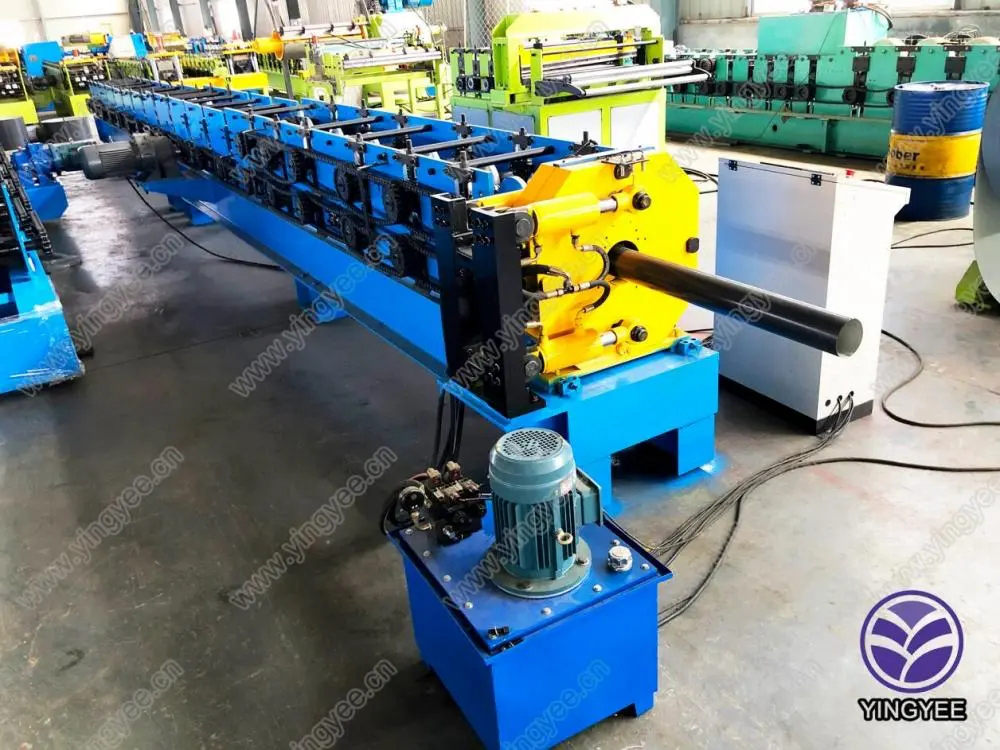
The Cable Tray Production Line Streamlining Electrical Infrastructure
In today’s rapidly evolving industrial landscape, the demand for efficient and robust electrical infrastructure solutions is more critical than ever. One of the key components of this infrastructure is the cable tray, designed to support and manage electrical wiring and cables. The production line dedicated to cable trays plays a vital role in ensuring that these essential components are manufactured efficiently, consistent in quality, and available in a variety of specifications to meet diverse customer needs.
Understanding Cable Trays
Cable trays are structural systems that provide support for insulated electrical cables and wires. They are utilized in various applications, including commercial buildings, manufacturing plants, and data centers. The primary purpose of cable trays is to organize, protect, and distribute electrical cabling, which is essential for maintaining safety and efficiency in electrical systems. Given the complexity and expansion of modern electrical networks, high-quality cable trays are indispensable.
Key Components of the Production Line
A typical cable tray production line consists of several key components, each designed to optimize the manufacturing process. These components include
1. Material Preparation The production process begins with the procurement and preparation of raw materials, often steel, aluminum, or fiberglass. This involves cutting and shaping the material to specific dimensions.
2. Forming Machine The next stage involves the use of advanced forming machines that transform raw materials into tray shapes. This process may include operations such as bending, punching, and rolling, ensuring that the trays have the necessary structural integrity and aesthetics.
3. Welding and Assembly Following the forming stage, components may need to be welded together for enhanced strength and durability. Automated welding systems are commonly employed to ensure precision and consistency, reducing the likelihood of human error.

4. Finishing Processes Once assembled, the trays undergo various finishing treatments, such as powder coating or galvanization, to protect against corrosion and enhance durability. This not only extends the lifespan of the trays but also allows for customization in terms of color and finish.
5. Quality Control An integral part of the production line is rigorous quality control. This step ensures that each batch of cable trays meets industry standards and customer specifications. Random sampling and exhaustive testing are conducted to assess strength, load capacity, and overall integrity.
6. Packaging and Distribution The final stage involves packaging the finished cable trays for distribution. Efficient packaging not only protects the trays during transit but also facilitates easy handling during installation.
Automation and Technology Integration
In recent years, the cable tray production line has seen significant advancements due to automation and technology integration. The incorporation of robotics and advanced software has streamlined operations, enabling faster production times and reducing labor costs. Real-time monitoring systems provide valuable data that can be used to optimize production processes, minimize waste, and enhance overall efficiency. Moreover, Industry 4.0 initiatives, such as the IoT (Internet of Things), allow manufacturers to track performance and monitor equipment health, resulting in fewer downtimes and increased output.
Sustainability in Cable Tray Production
As industries worldwide adopt more sustainable practices, the cable tray production line is no exception. Manufacturers are increasingly focusing on using eco-friendly materials and processes, minimizing waste, and optimizing energy consumption. Innovations in recycling and material sourcing contribute to a more sustainable manufacturing approach, which aligns with global environmental goals.
Conclusion
The cable tray production line represents a vital aspect of modern electrical infrastructure, contributing to safe and efficient energy distribution. As technology evolves and the demand for high-quality, sustainable solutions increases, manufacturers must remain proactive, embracing innovation and automation to stay competitive. By continually enhancing production processes, the industry can ensure that cable trays meet the ever-growing needs of various sectors while prioritizing safety, quality, and environmental responsibility.